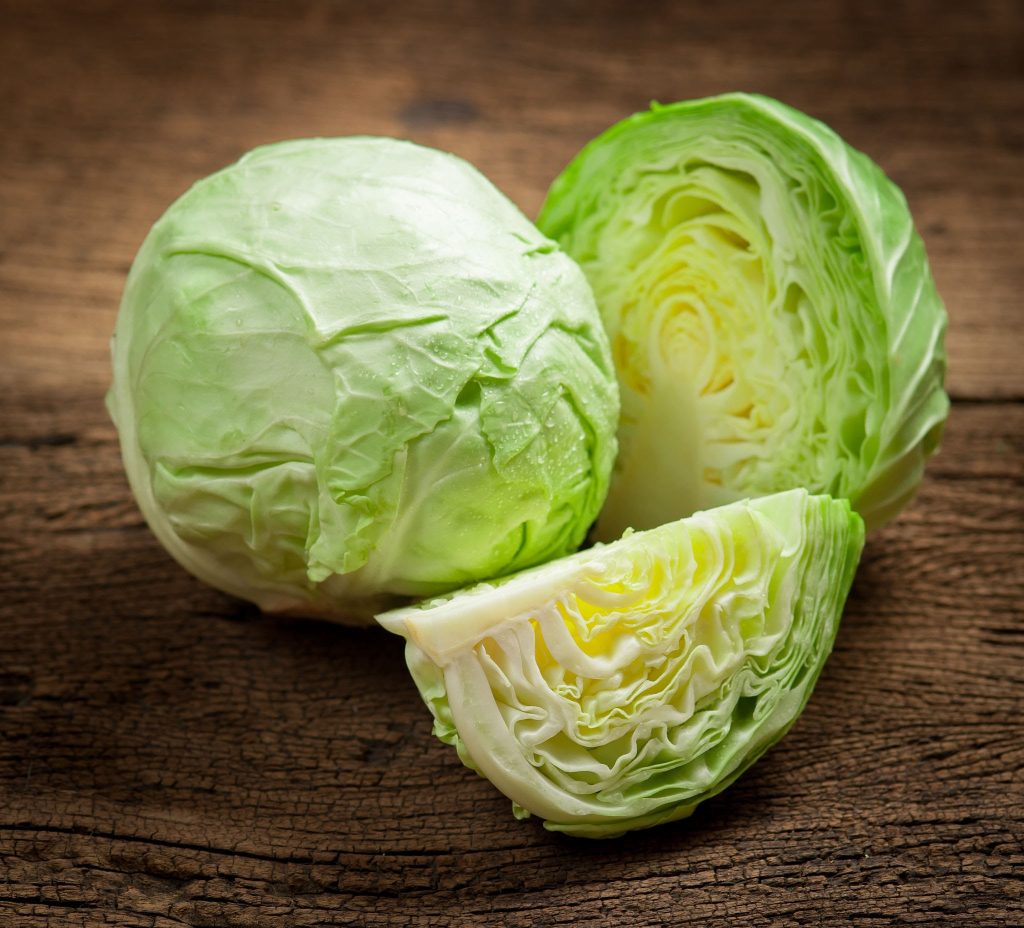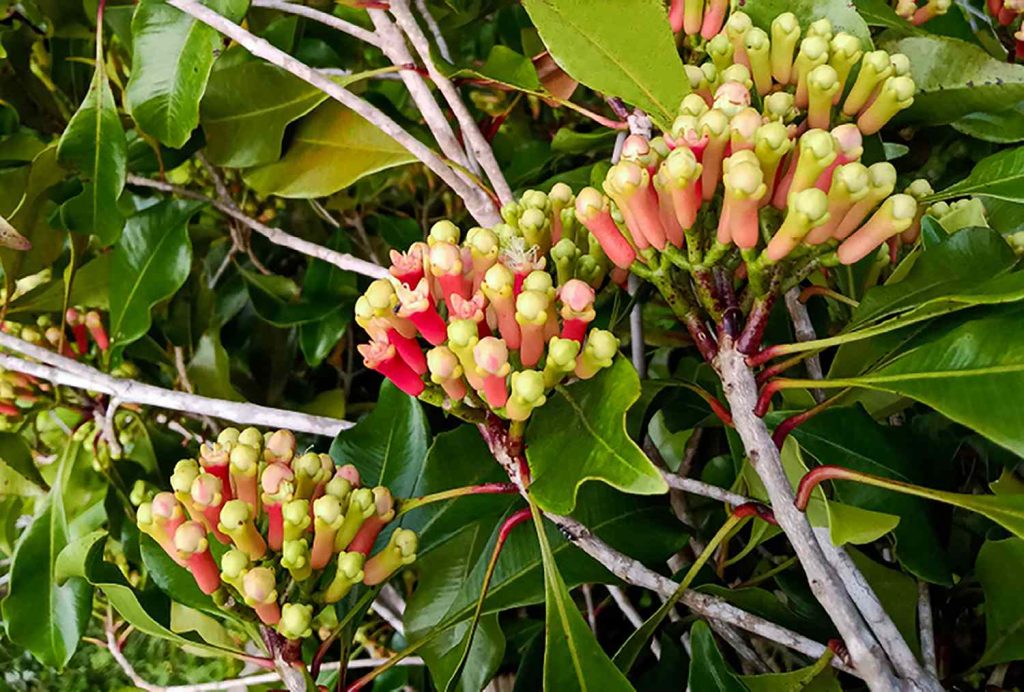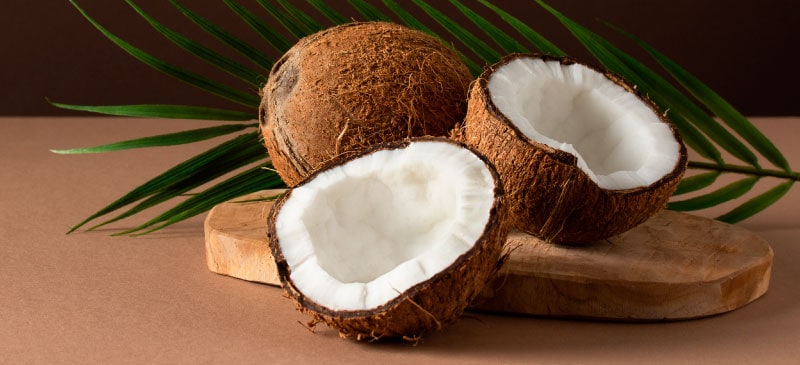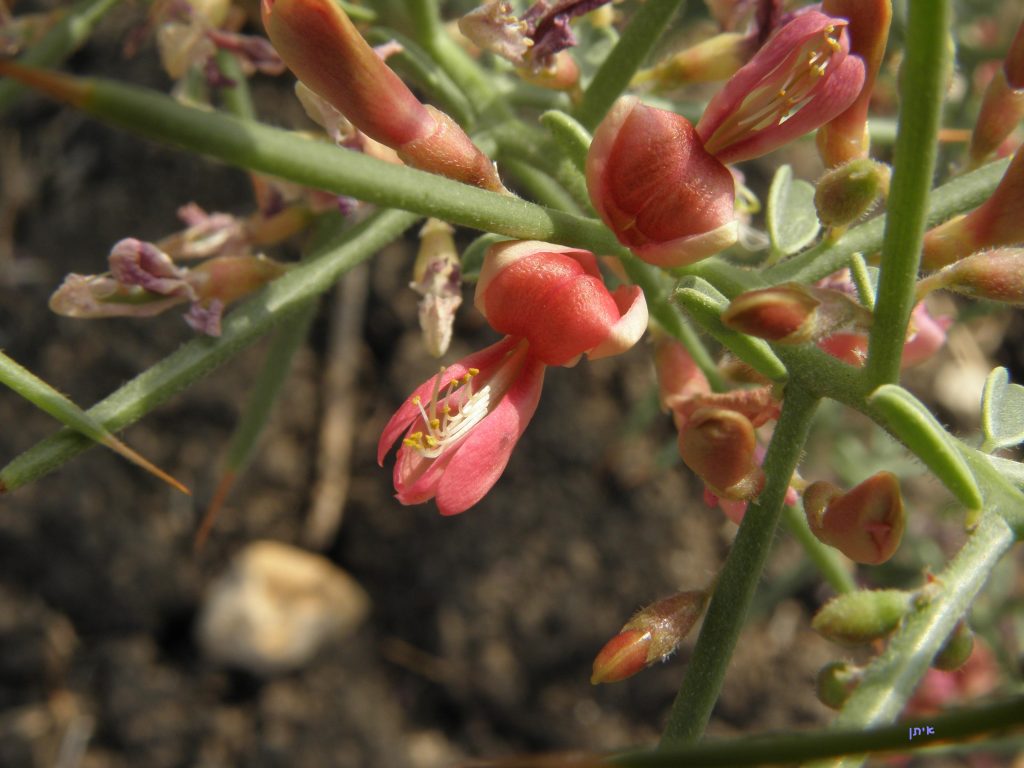
Chamomile
Chamomile is the common name for several daisy-like plants of the family Asteraceae. The dried flowers of chamomile contain many terpenoids and flavonoids contributing to its medicinal properties. Chamomile preparations are commonly used for many human ailments such as hay fever, inflammation, muscle spasms, menstrual disorders, insomnia, ulcers, wounds, gastrointestinal disorders, rheumatic pain, and hemorrhoids. Essential oils of chamomile are used extensively in cosmetics and aromatherapy.

Cabbage
Cabbage, comprising several cultivars of Brassica oleracea, is a leafy green, red (purple), or white (pale green) biennial plant grown as an annual vegetable crop for its dense-leaved heads. Raw cabbage is 92% water, 6% carbohydrates, 1% protein, and contains negligible fat (table). In a 100 gram reference amount, raw cabbage is a rich source of vitamin C and vitamin K, containing 44% and 72%, respectively, of the Daily Value (DV). Cabbage is also a moderate source (10–19% DV) of vitamin B6 and folate, with no other nutrients having significant content per 100-gram serving (table). Studies on cruciferous vegetables, including cabbage, include whether they may lower the risk against colon cancer. Cabbage is a source of indole-3-carbinol, a chemical under basic research for its possible properties.

Clove
Cloves are the aromatic flower buds of a tree in the family Myrtaceae. Cloves are used in traditional medicine as the essential oil, which is used as an anodyne (analgesic) mainly for dental emergencies and other disorders. There is evidence that clove oil containing eugenol is effective for toothache pain and other types of pain, and one review reported efficacy of eugenol combined with zinc oxide as an analgesic for alveolar osteitis. Clove essential oil may prevent the growth of Enterococcus faecalis bacteria which is often present in a root canal treatment failure.

Cacao plant
Cacao plant tree is a small evergreen tree in the family Malvaceae. Although mainly cultivated for food use, cacao also has medicinal uses. It is used to stimulate the nervous system, lower blood pressure, dilates the coronary arteries, and soothes and softens damaged skin. It is also used against anemia, angina, bruises, chapped skin and burns, diarrhea, and leprosy spots. Cacao tree also provides other commodities for local use such as fiber for clothing, thread, and paper, wood for construction and implements, etc., and coverings for houses, among many other items.

Coconut
Coconut, edible fruit of the coconut palm (Cocos nucifera), a tree of the palm family (Arecaceae). Besides the edible kernels and the drink obtained from green nuts, the harvested coconut also yields copra, the dried extracted kernel, or meat, from which coconut oil, a major vegetable oil, is expressed. The meat may also be grated and mixed with water to make coconut milk, which is used in cooking and as a substitute for cow’s milk. The dry husk yields coir, a fibre highly resistant to salt water and used in the manufacture of ropes, mats, baskets, brushes, and brooms. Coconut oil is rich in vitamins B, E, C, calcium, iron, potassium, zinc, copper, phosphorus, iodine and many useful minerals, many rare organic acids. The thickening of coconut oil is an indication that it is natural. Coconut oil, rich in group B vitamins, has a very positive effect on the human nervous system, calms it down, improves brain activity, reduces physical fatigue, relieves rheumatism pain, nausea and vomiting, cleans the intestines, and accelerates the elimination of toxins and harmful substances accumulated there.

Camel thorn
The camel thorn, also known as the giraffe thorn, mokala tree, or Kameeldoring in Afrikaans, still more commonly known as Acacia erioloba, is a tree of southern Africa in the family Fabaceae. It ensures the breakdown of toxic substances in the liver and their removal from the body. It accelerates the generation of new cells in the liver and restores damaged cells. It is useful against cirrhosis caused by drinking too much alcohol. Chamomile oil is a powerful antioxidant and circulates throughout the body, neutralizing harmful substances. Therefore, it is considered useful for people who smoke. It is useful in the treatment of hepatitis, jaundice and inflammation of the liver. With its blood purifying properties, it is used to cure many skin diseases, especially psoriasis. It is very useful for inflammation of the gallbladder and kidneys. It expels urine, cleanses the kidney, opens the urinary tract and improves kidney function.

Calendula
Calendula has the reputation of reducing redness and healing up the skin. More and more farmers, with smaller farms, choose to cultivate medicinal plants, calendula being among them because they do not require much care and are not pretentious to soil characteristics. Moreover, calendula has an important demand in the beauty industry, with the largest European selling market being in Germany.








